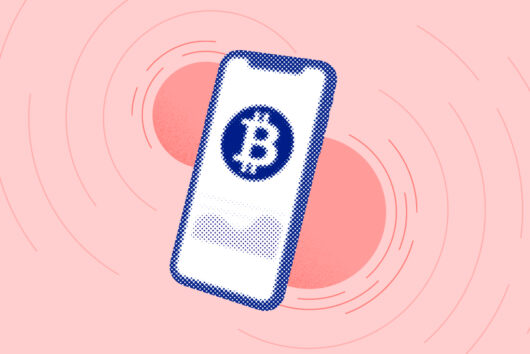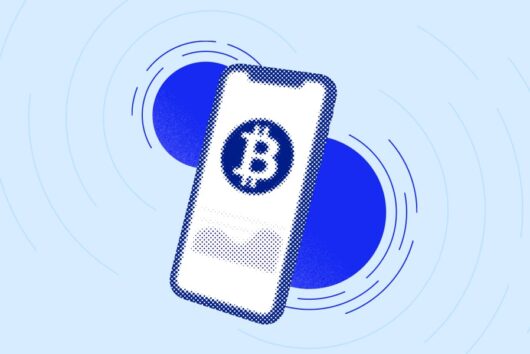What is the difference between Bitcoin and XRP?

Bitcoin was developed as a digital decentralised currency with the aim of paying for goods and services. XRP, on the other hand, was created for banks and payment networks as a means of payment settlement, a money transfer system, and currency exchange.
The main aim of XRP was to form the basis of a system of direct asset transfers in real-time, which would offer a cheaper, more transparent, and secure alternative to current transfer payment methods, such as SWIFT. It is best known for doing so in the Ripple network, which is why it is sometimes called Ripple.
The Bitcoin network is maintained by a group of developers distributed around the world. All these developers contribute to the Bitcoin network on a voluntary basis. Bitcoin is decentralised. This means that it is not governed by any bank, government or entity. It was also created by a pseudonymous person or group of people known as Satoshi Nakamoto.
The XRP Ledger works through a unique consensus algorithm which uses a network of validating servers, rather than “proof of work” or “proof of stake”. The transaction speeds are faster. An XRP transaction confirmation takes an average of 3 – 5 seconds to complete – significantly faster than other cryptocurrencies or today’s traditional financial networks, which can take days.
Another major difference is that, unlike Bitcoin, XRP is not designed to be mined at all. With Bitcoin, miners get rewarded in the form of newly created Bitcoin. With XRP, a total of 100 billion XRP tokens were pre-mined, of which 38 billion were made available to the public market. The remaining amount of XRP tokens are held by Ripple labs and are periodically released.
XRP vs. Bitcoin
| Feature | Bitcoin | Ripple |
| Start | 2009 | 2012 |
| Creator | Satoshi Nakamoto | XRP Ledger |
| Coin supply | 21 million | 100 billion |
| Mined | Yes | No |
| Average transaction time | 10 minutes | 5 seconds |
 Discover
Discover Help Centre
Help Centre Status
Status Company
Company Careers
Careers Press
Press


